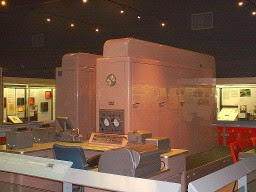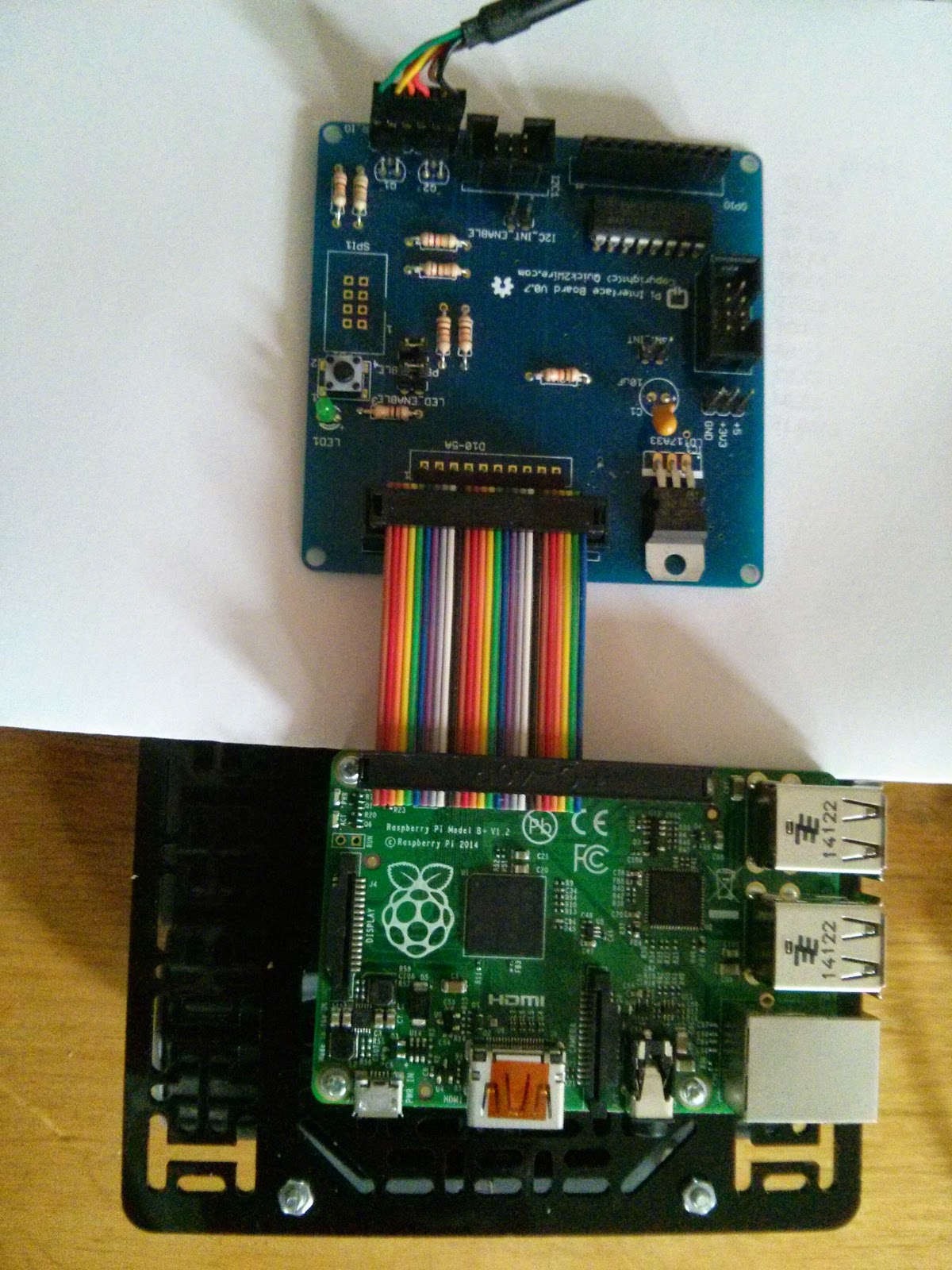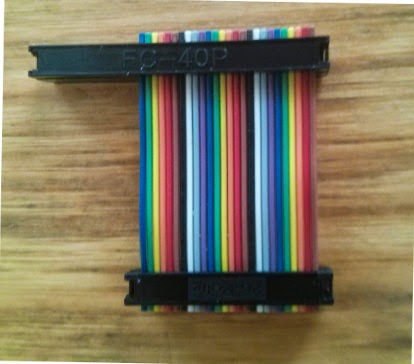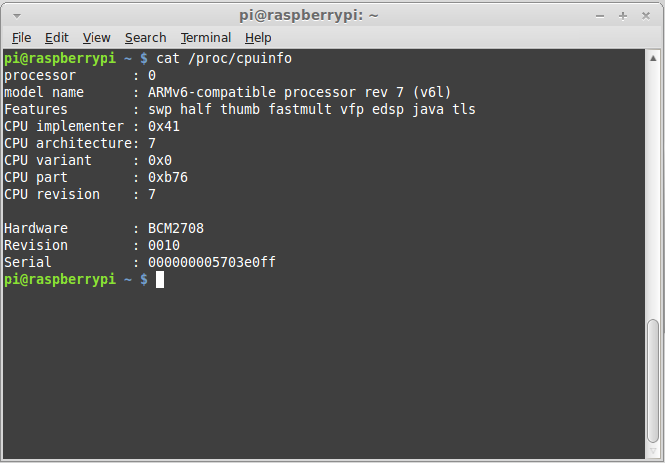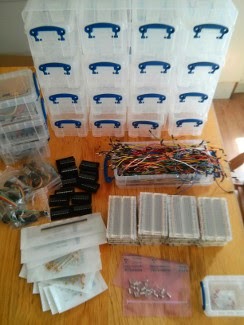C3Pi is innocent, Flora not so much, and more Shrrimps are on the way.
I took C3Pi to the Elephant and Castle Mini Maker Faire a few days ago, but had to leave early since he suddenly stopped working. At the time I blamed a loss of battery power, and thought that he'd wiped the file system on his SD card. Various holdups meant that I have only just been able to try to fix the problem which turns out to be rather simpler. C3Pi has two controllers on board: a Raspberry Pi model B+ does the thinking, and a Teensy 3.1 controls his motors. The Pi B+ uses a micro SD card but when I removed it the card was even more micro than usual: half the card had been broken off! I have no idea how this happened but poor old C3PI is off the hook. He's now back in action with a newly-flashed SD card and will soon be getting the first of a series of upgrades. I mentioned that I had only just been able to get around to investigating the problem. I spend several days after the Faire learning about wearable electronics. I'd been asked if I could help with a weara

